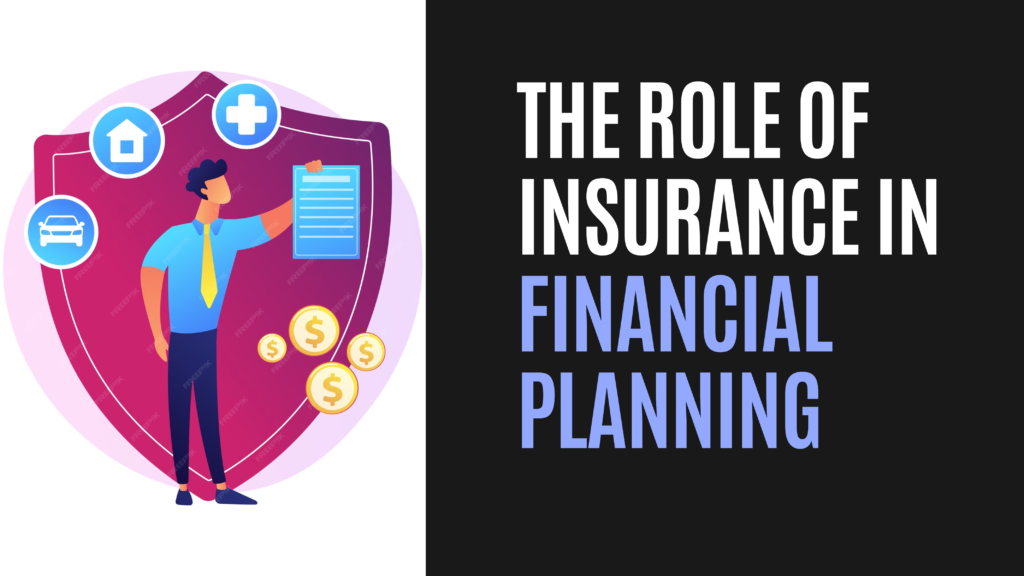Unknown Facts About Pacific Prime
Table of Contents8 Easy Facts About Pacific Prime DescribedFacts About Pacific Prime RevealedSee This Report on Pacific PrimeGetting The Pacific Prime To Work7 Simple Techniques For Pacific Prime

This is because the data were gathered for a period of solid financial efficiency. Of the approximated 42 million people who were without insurance, all but about 420,000 (regarding 1 percent) were under 65 years of age, the age at which most Americans come to be qualified for Medicare; 32 million were adults between ages 18 and 65, about 19 percent of all grownups in this age; and 10 million were youngsters under 18 years of age, about 13.9 percent of all children (Mills, 2000).
These price quotes of the number of persons uninsured are generated from the yearly March Supplement to the Current Populace Survey (CPS), conducted by the Demographics Bureau. Unless or else noted, nationwide price quotes of individuals without health insurance coverage and percentages of the populace with different type of coverage are based on the CPS, one of the most commonly used source of quotes of insurance policy coverage and uninsurance rates.
Get This Report about Pacific Prime

Still, the CPS is particularly beneficial due to the fact that it creates yearly estimates fairly rapidly, reporting the previous year's insurance policy coverage estimates each September, and due to the fact that it is the basis for a consistent collection of price quotes for greater than two decades, enabling for analysis of trends in protection gradually. For these factors, in addition to the substantial use the CPS in other studies of insurance coverage that are offered in this report, we rely upon CPS price quotes, with constraints noted.

The price quote of the number of without insurance people broadens when a populace's insurance coverage standing is tracked for numerous years. Over a three-year duration starting early in 1993, 72 million individuals, 29 percent of the united state population, lacked protection for at least one month. Within a solitary year (1994 ), 53 million people experienced at the very least a month without insurance coverage (Bennefield, 1998a)
6 out of every 10 without insurance grownups are themselves utilized. Functioning does boost the probability that one and one's household participants will have insurance policy, it is not a guarantee. Even participants of households with 2 permanent wage earners have nearly a one-in-ten possibility of being without insurance (9.1 percent uninsured price) (Hoffman and Pohl, 2000).
Pacific Prime for Dummies
New immigrants represent a significant percentage of individuals without health insurance. One analysis has actually associated a considerable part of the current growth in the dimension of the U.S. without insurance populace to immigrants who showed up in the country between 1994 and 1998 (Camarota and Edwards, 2000). Current immigrants (those that involved the USA within the past four years) do have a high rate of being without insurance (46 percent), however they and their kids make up simply 6 percent of those without insurance policy country wide (Holahan et al., 2001).
The connection in between medical insurance and accessibility to care is well established, as documented later on in this chapter. Although the connection between health insurance coverage and health results is neither direct nor straightforward, a considerable professional and wellness solutions research literature web links health and wellness insurance policy protection to better accessibility to care, much better high quality, and enhanced individual and population health condition.
Degrees of analysis for checking out the results of uninsurance. It focuses particularly on those without any type of wellness insurance for any size of time.
Unknown Facts About Pacific Prime
The issues faced by the underinsured remain in some respects comparable to those faced by the without insurance, although they are generally much less extreme. international travel insurance. Uninsurance and underinsurance, however, entail noticeably different policy problems, and the approaches for resolving them might differ. Throughout this research and the 5 reports to comply with, the major focus is on persons without any health and wellness insurance coverage and therefore no aid in paying for health treatment past what is readily available with charity and safeguard institutions
Medical insurance is an effective factor affecting invoice of treatment due to the fact that both individuals and medical professionals respond to the out-of-pocket rate of solutions - https://packersmovers.activeboard.com/t67151553/how-to-connect-canon-mg3620-printer-to-computer/?ts=1712004612&direction=prev&page=last#lastPostAnchor. Health insurance, nevertheless, is neither essential nor adequate to access to medical solutions. The independent and direct effect of health insurance policy protection on accessibility to health services is well you can find out more developed.
Others will obtain the healthcare they require even without medical insurance, by paying for it out of pocket or seeking it from suppliers that use treatment totally free or at highly subsidized rates. For still others, medical insurance alone does not guarantee invoice of care since of other nonfinancial obstacles, such as a lack of wellness treatment carriers in their neighborhood, minimal access to transportation, illiteracy, or etymological and social distinctions.
Pacific Prime for Dummies
Formal study concerning without insurance populations in the USA dates to the late 1920s and early 1930s when the Committee on the Expense of Treatment produced a series of reports concerning funding doctor office visits and hospital stays. This problem ended up being significant as the varieties of medically indigent climbed throughout the Great Anxiety.